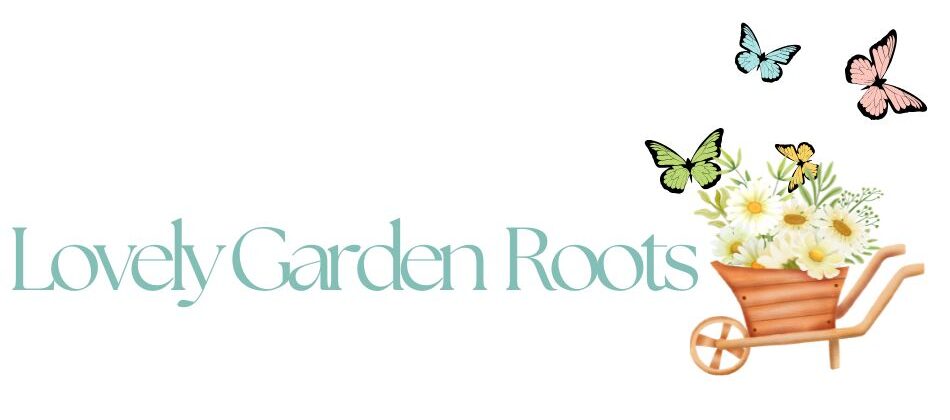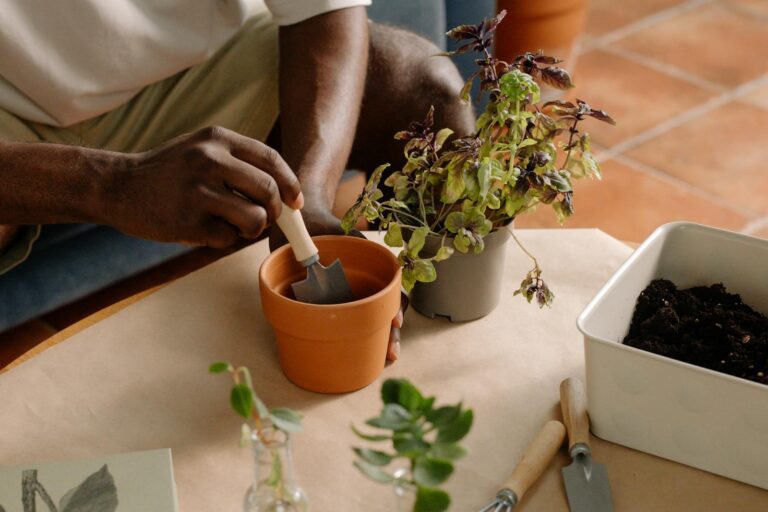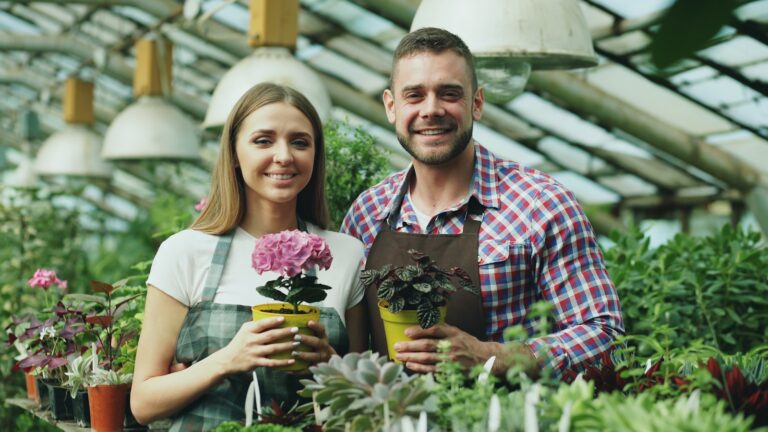Container Gardening: Grow More in Small Spaces with Easy Tips for Every Home
If you think you don’t have enough space to grow your own food, container gardening is a smart way to maximize even the smallest spots. Whether it’s a balcony, windowsill, or tiny patio, you can successfully grow a variety of herbs, vegetables, and fruits without needing a large garden.
The key to growing more in small spaces is choosing the right containers, plants, and care methods to make every inch count. With some simple tools like pots, good soil, and organic fertilizer, you can create a thriving mini garden that fits your lifestyle and space.
Even if you’re new to gardening, small space container gardening offers a manageable and rewarding way to enjoy fresh produce all year round. You’ll be surprised at how much food your little garden can produce when done right. For more ideas, check out container gardening for beginners and tips for small spaces.
Choosing the Right Containers
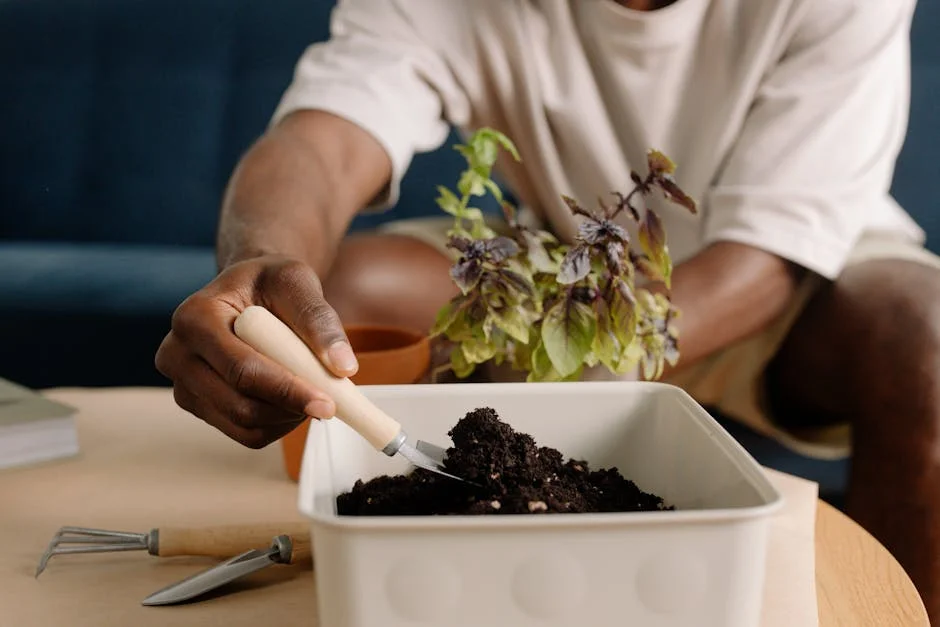
Picking the right container affects plant health and how much you can grow in a small space. Focus on container size, material, drainage, and options that save space or add style.
Container Materials and Sizes
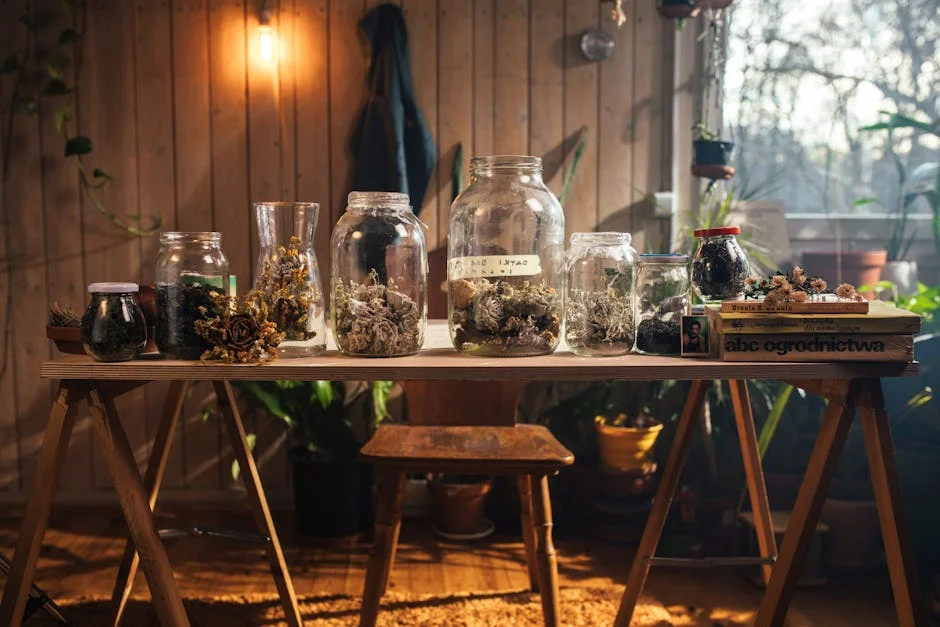
Containers come in various materials like plastic, terra cotta, ceramic, and metal. Plastic pots are lightweight and retain moisture well, making them good for busy gardeners. Terra cotta pots are porous, which helps with aeration but may dry out plants faster.
Size matters: choose the largest container you can fit. Deeper pots support strong root systems for vegetables and fruiting plants. Small pots work for herbs and lettuces but limit growth. A 5-gallon bucket can be ideal for larger plants.
Colors influence heat absorption. Dark pots absorb more heat, which can help or hurt depending on your climate. Light colors keep soil cooler.
Drainage and Aeration Solutions
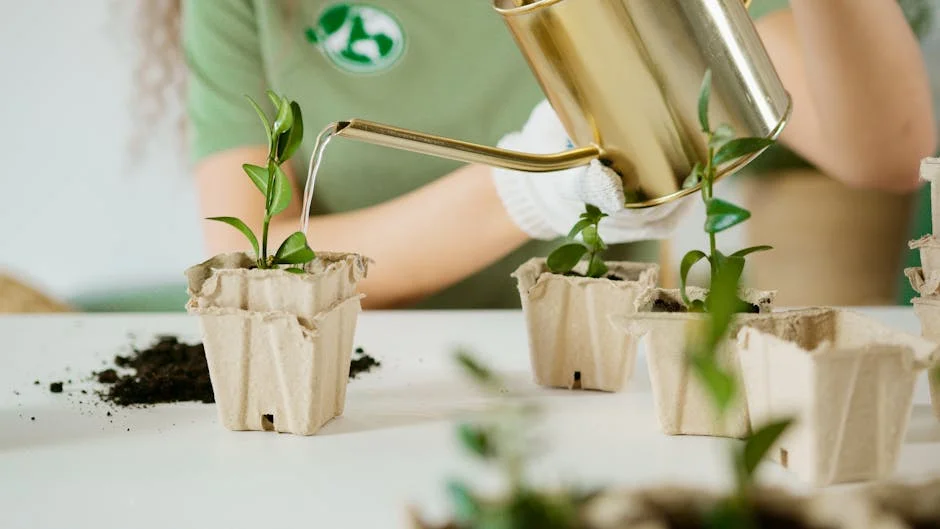
Good drainage prevents root rot and keeps plants healthy. Your container should have holes at the bottom to let excess water escape.
If your pot lacks drainage holes, drill some or add a layer of gravel at the bottom to improve aeration. Using a well-draining potting mix also helps water flow through the soil.
Elevate containers with pot feet or small bricks to let air circulate and water drain freely. Avoid letting containers sit in standing water, which damages roots and invites pests.
Creative Container Ideas
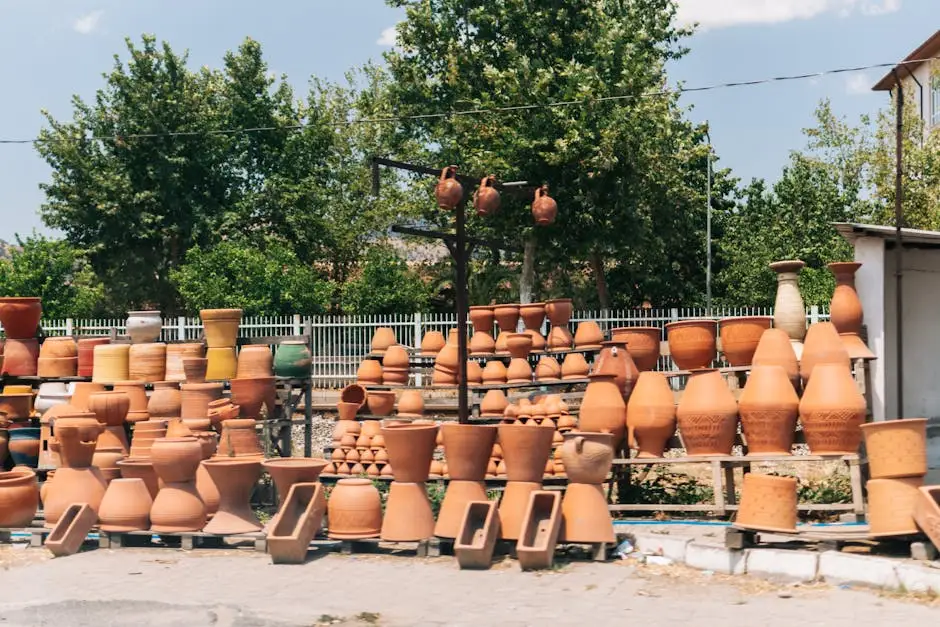
Use vertical space by growing plants in hanging baskets, stacked containers, or wall-mounted planters. This not only saves floor space but also adds visual interest.
Reclaim old items like wooden crates, buckets, or tins as containers. Just ensure they have proper drainage. You can line them with plastic to extend their life.
Mix planter types, including raised beds on balconies, to grow a variety of crops. Combining pots of different sizes and shapes helps maximize every inch you have for your garden. For more tips, explore container gardening ideas for small spaces.
Selecting Plants for Small Spaces
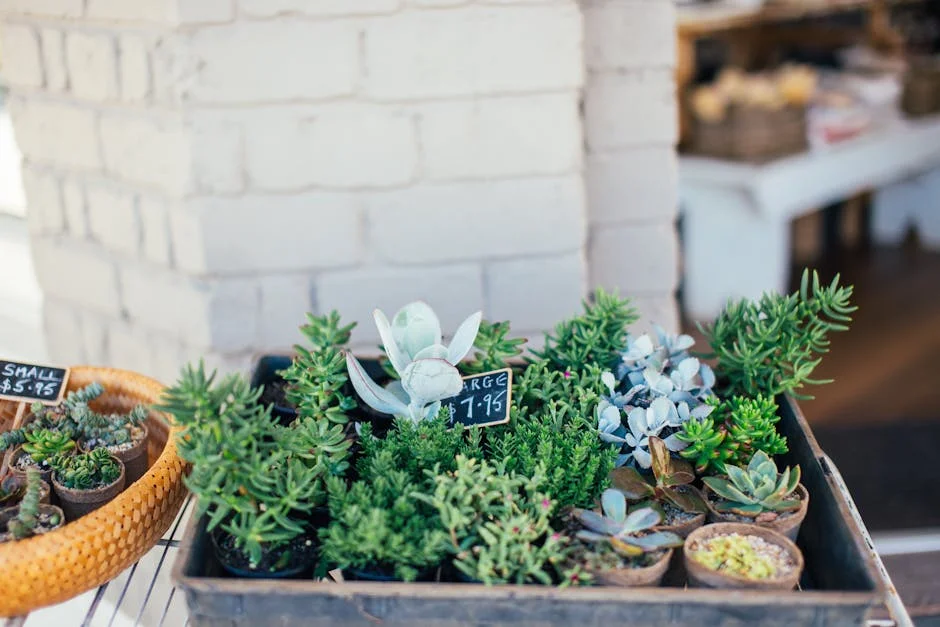
Choosing the right plants makes all the difference when space is limited. You want options that stay compact, are easy to manage, and provide satisfying yields or bursts of color. Focusing on edibles, ornamentals, and smart plant pairings helps you get the most from your containers.
Best Edible Crops for Containers
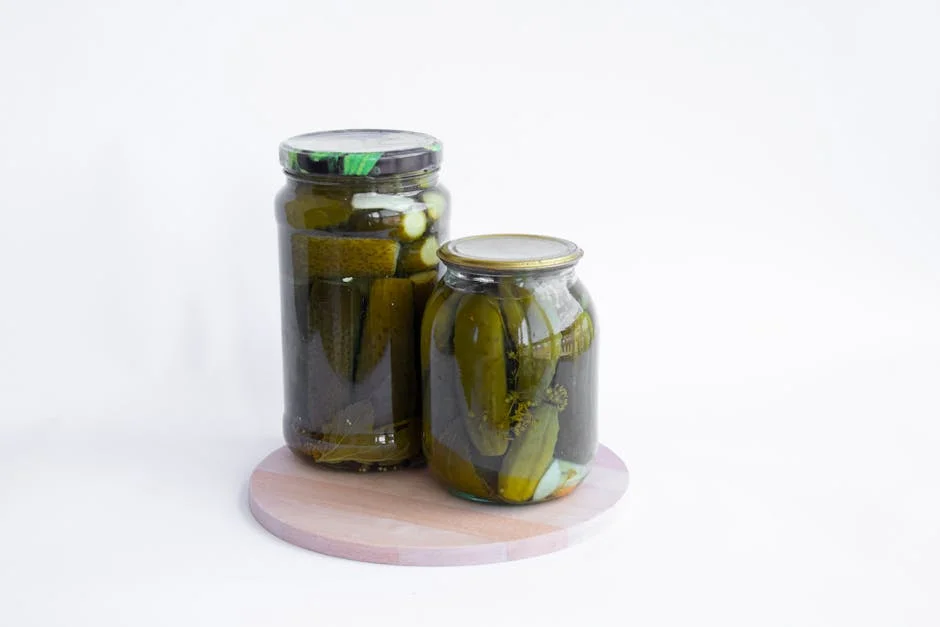
Herbs are your best friends in container gardens. Basil, parsley, thyme, mint, and cilantro grow well in small pots and provide fresh flavors for cooking. They need good drainage and regular watering.
For veggies, compact types like cherry tomatoes, lettuce, and radishes fit nicely. Cherry tomatoes especially thrive when supported with stakes or cages even in limited space. Lettuce matures quickly and can be harvested multiple times.
Keep plants that don’t outgrow their containers quickly, and choose those suited for vertical or compact growth. You can find more on ideal edible choices at Small Space & Container Gardening for Beginners.
Beautiful Ornamentals That Thrive

For adding color and texture, pick compact flowering plants like marigolds and petunias. They stay manageable in small pots and bloom abundantly.
You can also use bold foliage plants for a dramatic effect. Rosemary or variegated ornamental grasses add interest without taking up much room. Combining different leaf shapes and colors creates a dynamic display.
Soft-leafed plants like hostas pair well with spiky grasses or ferns. This mix keeps containers looking lively and balanced, enhancing your small space’s appeal. To explore ideas, visit Container Gardening for Small Spaces.
Companion Planting Strategies
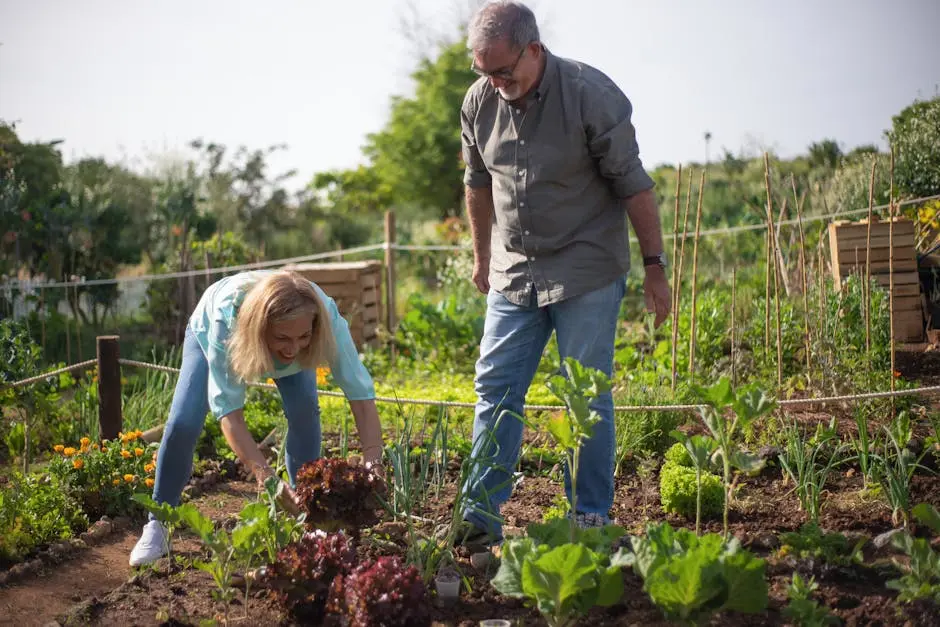
Pair plants that help each other grow. For example, basil can improve the flavor of tomatoes while also deterring pests.
Avoid crowding; leave enough space for roots to expand. Use tall plants with trailing ones to maximize vertical and horizontal dimensions.
You can group herbs with vegetables that share similar water and sunlight needs. Companion planting not only enhances growth but also reduces maintenance in small-space gardening. More tips are available at Small Space Vegetable Gardening | Grow Vertical.
Optimizing Soil and Plant Nutrition
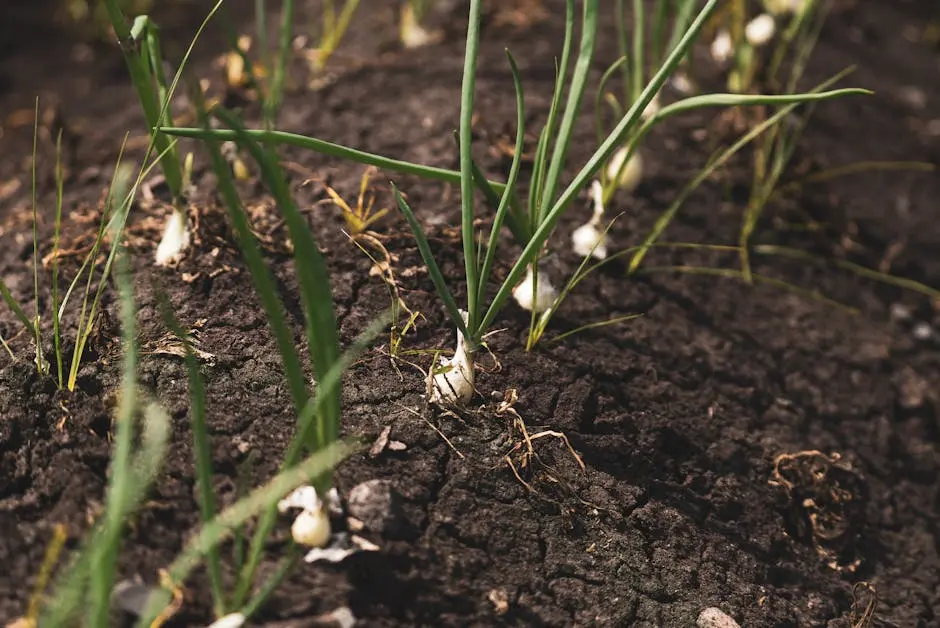
To get the best results from your container garden, focus on the quality of your soil mix and how you nourish your plants. Both the soil structure and nutrient supply impact moisture retention, root health, and overall growth.
Potting Mix Essentials
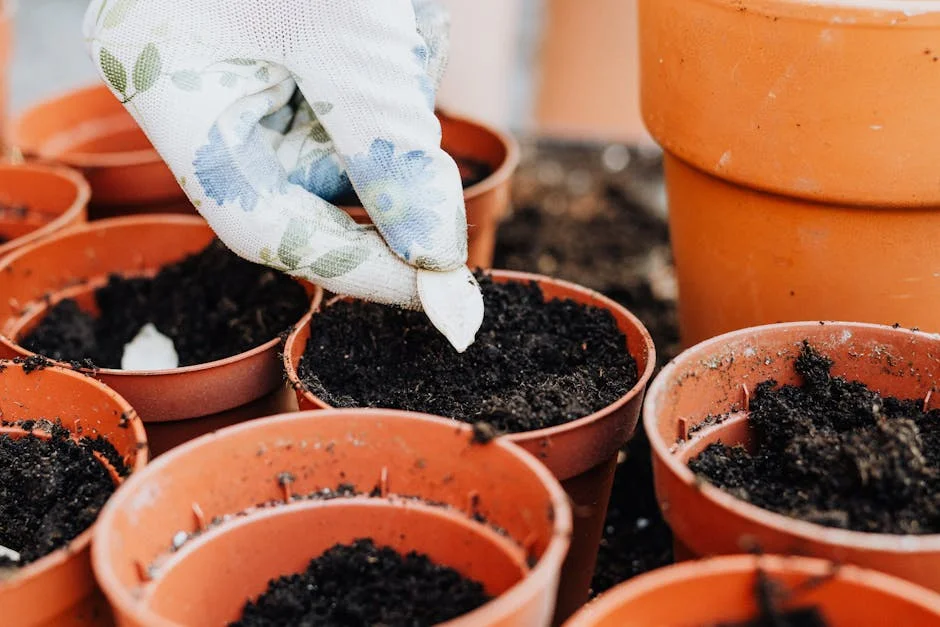
Your potting mix needs to hold moisture but also drain well to avoid waterlogged roots. Use a light, fluffy mix that combines organic materials like compost with aerating elements such as peat moss and vermiculite.
Avoid using regular garden soil or bagged compost alone, as they can compact and restrict root growth. Aim for a balanced mix that supports moisture retention, airflow, and nutrient availability.
An effective potting soil might include:
- Compost: Adds nutrients
- Peat moss: Retains moisture
- Vermiculite: Improves aeration and drainage
A quality potting mix tailored for containers supports healthy roots and keeps your plants thriving in limited space (learn more).
Feeding and Fertilizing for Growth
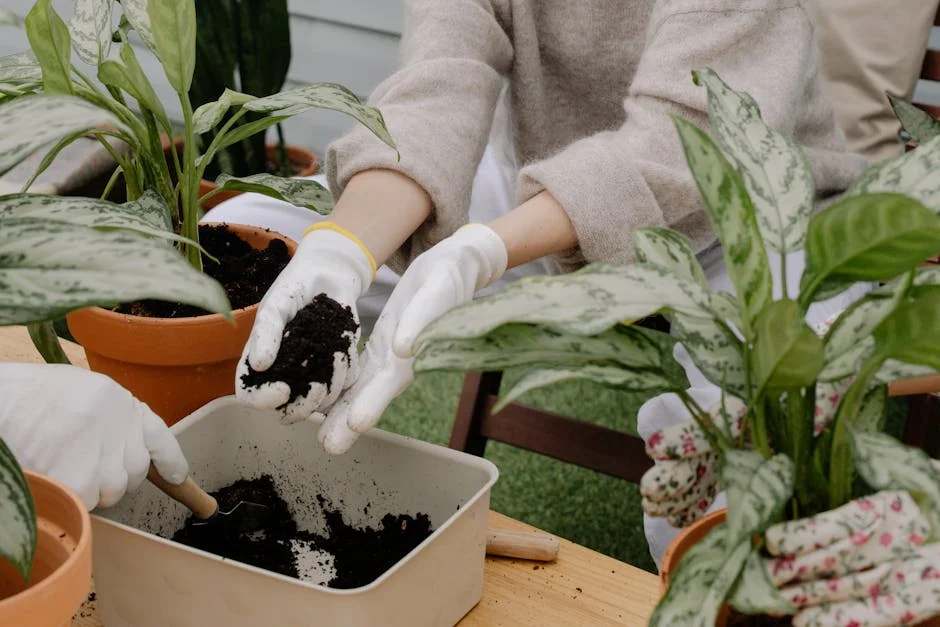
Plants in containers depend entirely on you for nutrients. Use a balanced, water-soluble fertilizer or slow-release nutrients designed for pots to maintain steady feeding.
Fertilize regularly but avoid overdoing it, as excessive fertilizer can harm roots. A good approach is to apply fertilizer every two weeks during the growing season or follow the product recommendations.
Look for fertilizers with equal parts nitrogen, phosphorus, and potassium (NPK), such as 10-10-10, to promote healthy leaf, root, and fruit development.
You can also add organic options like worm castings or compost tea for additional nutrients and improved soil biology.
Feeding your container plants properly ensures sustained growth and better yields over time (details here).
Smart Container Placement and Layout

Your container garden thrives when you place your pots thoughtfully. Consider sunlight patterns, make use of vertical space, and arrange containers so you can reach everything easily for watering and harvesting. These steps help you get the most from limited space and keep your plants healthy.
Maximizing Sunlight and Shade
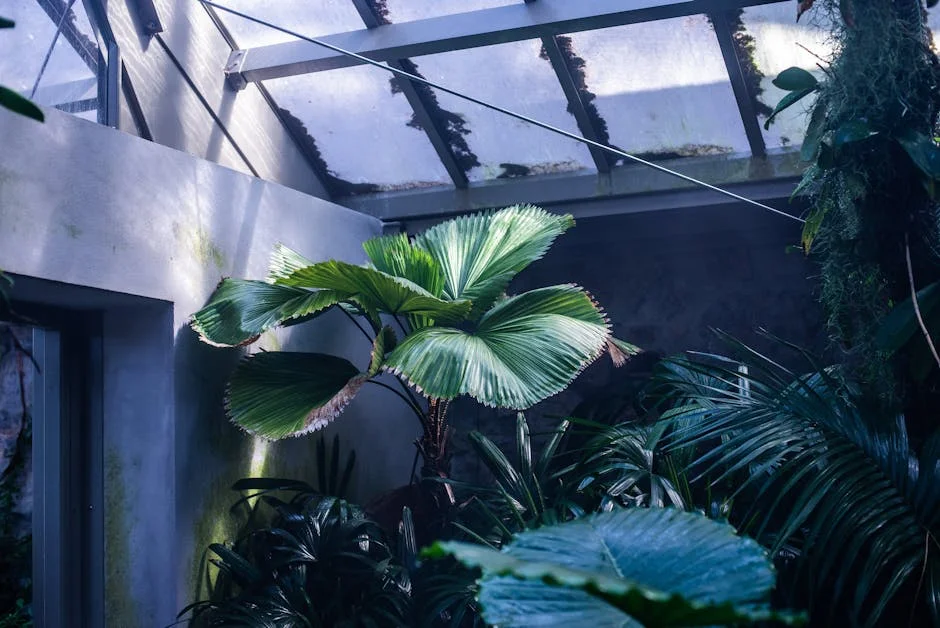
Identify where sunlight hits your space most during the day. Most vegetables and flowers need 6-8 hours of direct sunlight, so place sun-loving plants like tomatoes or peppers in the brightest spots. Shade-tolerant plants like leafy greens or herbs can go where sunlight is filtered or less intense.
Track sun angles throughout the year, especially if your garden faces north, south, east, or west. Use movable containers to adjust location seasonally.
Avoid placing containers where shadows from buildings or trees block sunlight. You can use reflective surfaces like light-colored walls or mirrors to boost light around shady spots.
Vertical Gardening Techniques

Use vertical structures to expand your growing area upwards rather than outwards. Trellises, hanging baskets, and wall-mounted planters let you grow climbers like beans or peas without taking up floor space.
Stack pots on shelves or use tiered plant stands to maximize sunlight exposure and airflow. This setup helps keep plants organized and prevents overcrowding.
If you have a balcony or patio railing, secure railing planters to free up floor space. Vertical systems work well with lightweight containers that are easy to move.
Arranging Containers for Easy Access
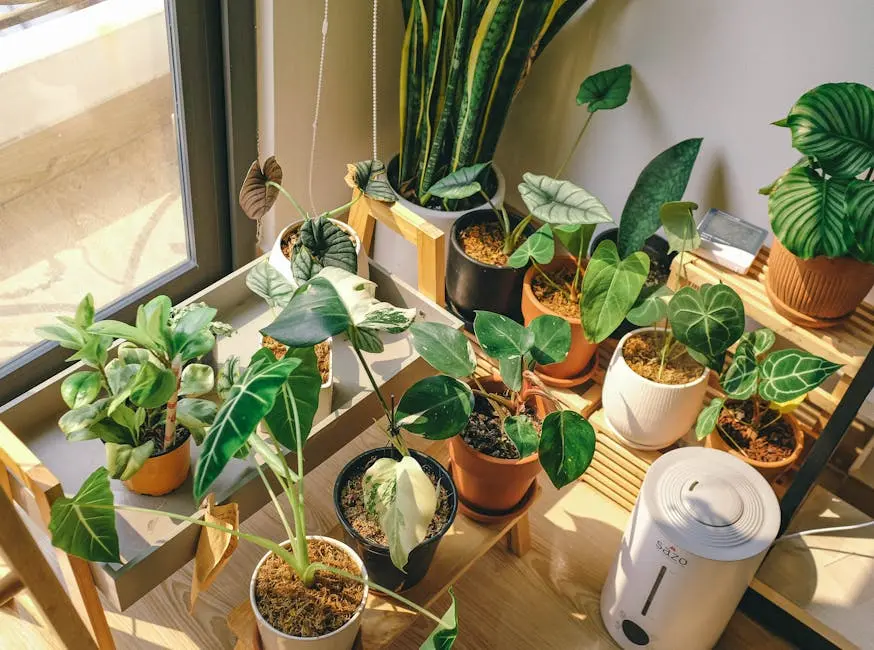
Place your containers to allow easy reach for daily care. Arrange pots in rows with enough space for you to walk between or access each container comfortably.
Keep frequently harvested or watered plants closest to your door or watering source. Group plants with similar watering needs together to simplify care routines.
Consider using rolling plant caddies or lightweight containers to move plants as needed for cleaning or sunlight adjustments. Avoid stacking containers in a way that blocks lower plants from light or limits airflow.
Maintaining a Healthy Container Garden
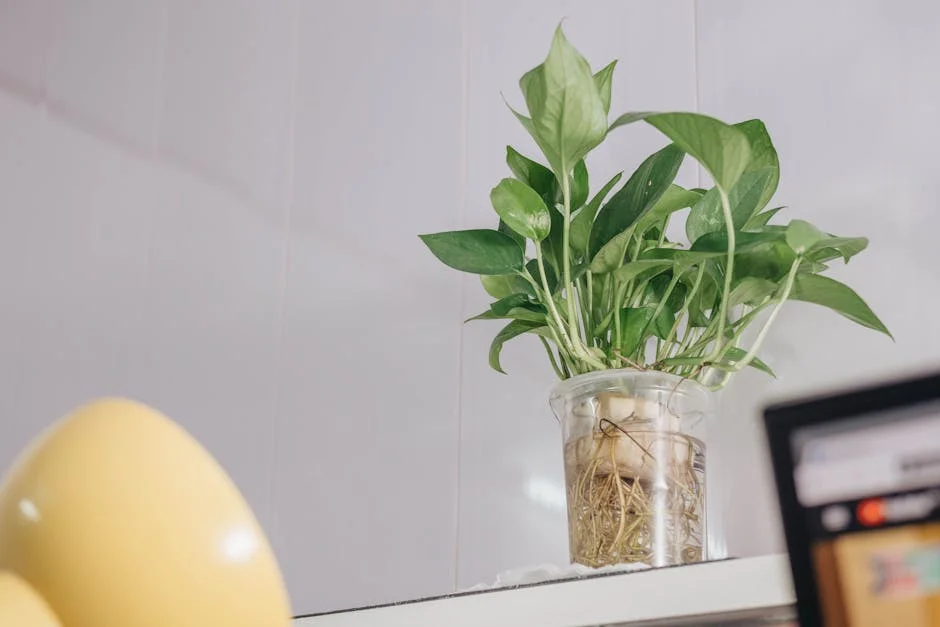
Keeping your container garden thriving means managing water carefully and preventing pests and diseases. You’ll want to be consistent with moisture and act quickly at the first sign of any issues.
Watering Tips and Tools
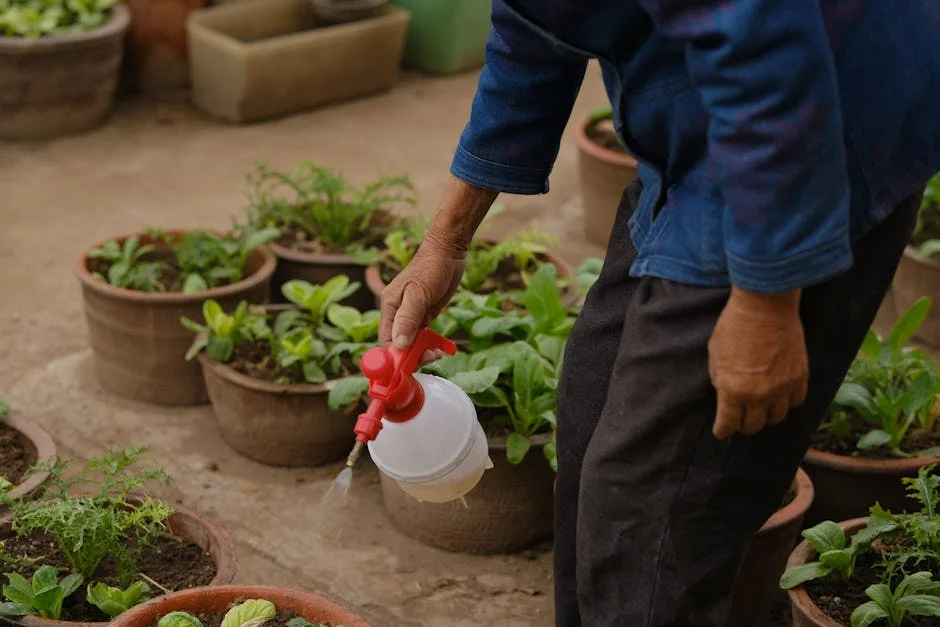
Your containers need regular watering because soil in pots dries out faster than garden beds. Check soil moisture daily by sticking your finger about an inch deep. If it feels dry, it’s time to water.
Use containers with drainage holes to avoid waterlogging. Water deeply until you see it draining out the bottom. This encourages roots to grow deep and strong.
Consider using self-watering containers or adding mulch on top to retain moisture. A moisture meter can help you monitor soil moisture accurately.
Water your plants in the morning or late afternoon to reduce evaporation. Avoid watering the leaves to prevent fungal growth.
Pest and Disease Management

Inspect your plants regularly for pests like aphids, whiteflies, or spider mites. Early detection is key to stopping infestations before they spread.
Use insecticidal soaps or neem oil as safe treatments. Always follow the instructions and test on one leaf first.
Remove any damaged or yellowing leaves to prevent disease spread. Make sure your containers have good airflow to reduce fungal problems.
Keep your tools clean and avoid overwatering to prevent root rot and other diseases. Rotate plants seasonally to help disrupt pest cycles.
